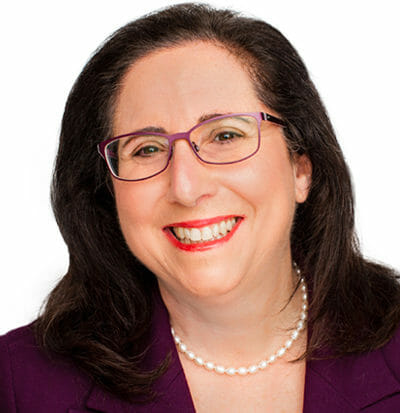Under a new procedure in the United States Patent and Trademark Office (“USPTO”), trademark registration maintenance and renewal filings are randomly selected for audit when the goods or services list includes multiple items. In the audit, the examiner issues an Office action requesting proof of use of the mark for two additional goods or services per class in the registration that were not shown in the specimen(s) of use filed with the maintenance filing. Failure to file a response will result in cancellation of the whole registration. The additional proof of use, such as photographs of packaging for each of the two additional goods or copies of advertisements for services, must be supported by a declaration signed by the registrant. This procedure reflects the results of a similar pilot program conducted by the USPTO a few years ago. The pilot program showed that a large percentage of registrants claim use of the mark in the U.S. for non-existent, excess goods or services in maintenance and renewal filings. The expense of responding to these Office actions can be considerable.
One Specimen or Many?
This program does not change the current USPTO practice on specimens, that is, that only one specimen of use per class need be filed with the initial Section 8 or Section 71 continued use declaration. Most registrants find it convenient to file only one specimen per class, rather than look for specimens for additional goods or services in the class, at least when filing the initial Section 8 or Section 71 maintenance filing. If a registrant files only one specimen, it should preserve records containing specimens for other goods or services, in case of a use audit Office action.
However, if the registration covers a small number of goods and services, and the specimens of use for all the goods or services are readily available, then there is a potential benefit in filing them all with the initial Section 8 or 71 declaration. Doing so will very probably avoid a use audit Office action, even if the registration is initially selected at random for audit.
Avoiding a Further Office Action
Also, if the registrant files a response to the Office action that deletes either or both of the two additional goods or services questioned in the Office action, but other goods or services remain in the registration, then that will trigger another audit Office action requesting specimens for all other goods or services in the registration. To avoid such a further Office action, the registrant should provide, in the response which deletes the unused goods or services, proof of use for the other goods or services in the registration. If there was no use in the U.S. for the other goods or services when the initial Section 8 or 71 was filed, then all the excess goods or services should also be deleted in the response.
Of course, for a registration covering one product or service for which the mark is in use, plus excess goods or services, the Office action could be avoided by deleting all excess goods in the original Section 8 or 71 filing or, better, not covering excess goods or services in the initial application, as further discussed below.
Benefits of Filing Narrowly in the U.S.
Practitioners, and especially non-U.S. practitioners, should keep in mind that the USPTO definition of acceptable “use” of a mark, to support an initial application or a Section 8 or 71 use declaration, is much stricter than practice outside the U.S. In most foreign countries, proof of use is not required with applications or renewals at all, and the issue tends to arise mainly in non-use cancellation actions. Sufficient use to resist cancellation often consists of minimal activity, such as advertising, rather than actual sales and delivery of products or services, and proof of use can consist of a wide variety of items, such as advertisements. In the USPTO, mere advertising in the U.S., without sale and delivery of the goods or services to U.S. customers, is usually not considered a sufficient use. Contrived “token” use is usually invalid. Acceptable specimens for marks for goods do not usually include invoices, brochures, web pages, or advertisements. A full description of acceptable activities constituting use of a mark, and what constitutes an acceptable specimen of use, if the use activity exists, is beyond the scope of this newsletter item. It is sometimes the case, however, than an acceptable specimen exists (such as a photograph of packaging showing the mark on goods sold outside the U.S.), but that the activity involving the product is insufficient to constitute “use” in the U.S. Conversely, an acceptable “use” activity in the U.S. may exist, such as actual sales and deliveries of the product to U.S. customers currently, but no good specimen exists. Knowledgeable U.S. counsel can help with these issues. Finally, issues of excess goods and possible audit Office actions at the maintenance stage can also be avoided, or at least minimized, by filing applications for registration for only one or two goods or services of actual interest and omitting excess items (such as those in the “standard lists” and class heading language). This is contrary to the usual practice in most foreign countries and tends to be contrary to the expectations of most foreign trademark owners, who prefer broad lists of goods and services. However, U.S. law requires more limited lists. For all U.S. trademark application bases (other than actual use), a clear intent to use the mark in the U.S., provable with documents such as a business plan for all claimed goods and services (or at least testimonial evidence), is required under U.S. statutory and case law. For applications based on use under Section 1(a) of the U.S. Trademark Act, “actual use” in the U.S.—under the narrow definition of “use” discussed above—is required. Failure to comply with these requirements by overclaiming goods and services can weaken or invalidate the registered rights. See our discussion on proving use at March 2016 Newsletter. The new audit procedure is only the latest USPTO effort to tackle problems caused by overclaiming.

















































